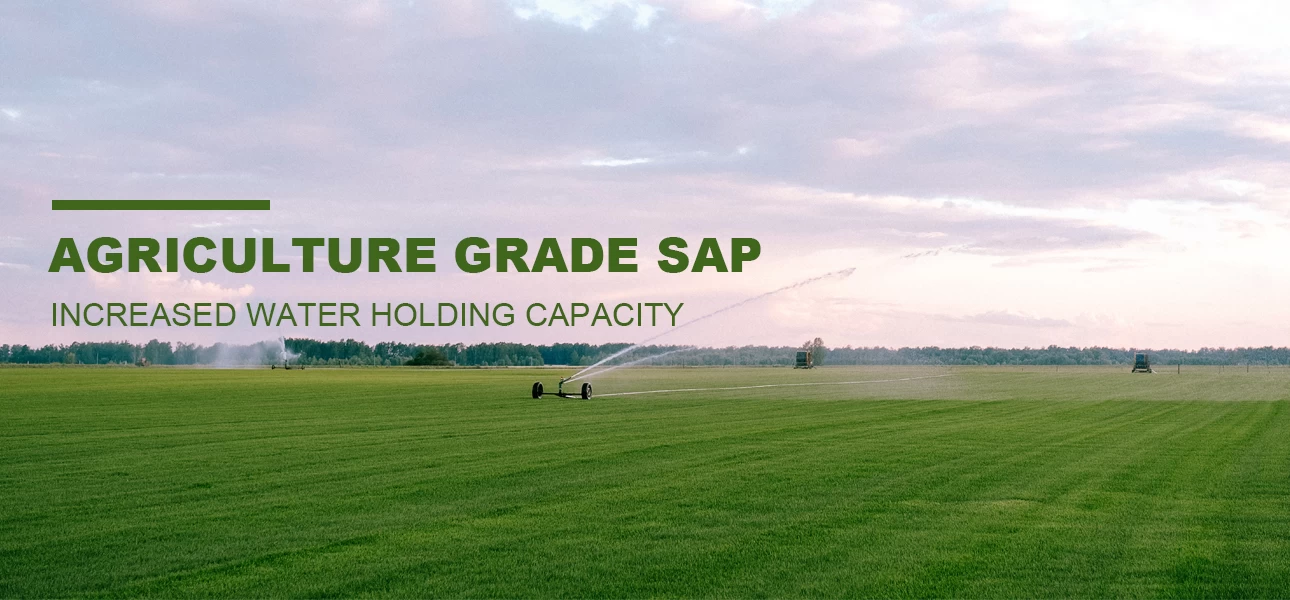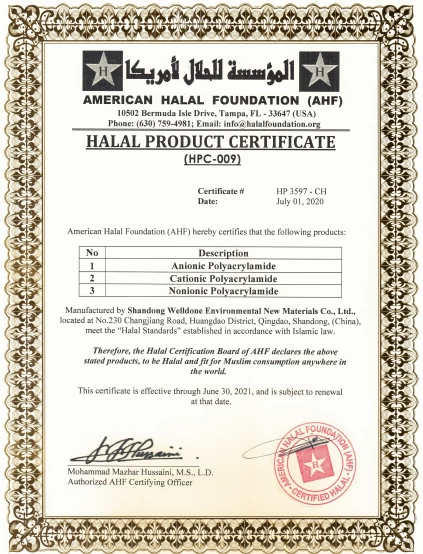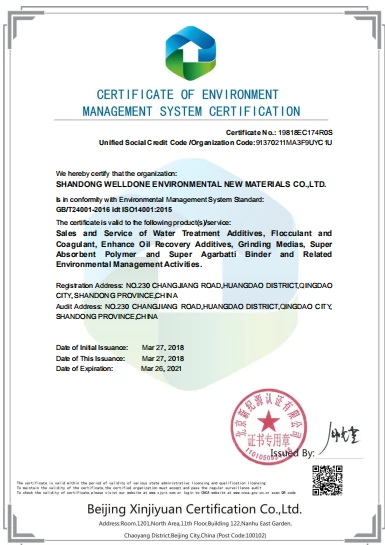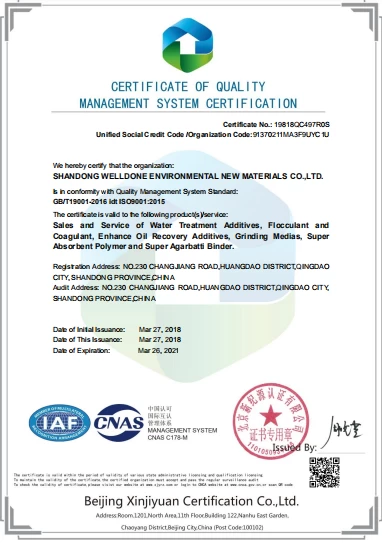Effect of potassium polyacrylate on soil
The use of agricultural-grade SAP (super absorbent polymer) has an improving effect on the soil. The unique water absorption can help soil management, increase soil fertility, and increase crop yields.
As the most commonly used agricultural grade SAP, potassium polyacrylate can affect the physical properties of soil, increase soil moisture content, and directly affect crop growth. Superabsorbent resins exhibit significant drought resistance, lasting up to 15 to 20 days.
How to apply potassium polyacrylate: ditch application, hole application or mixed application.
Application rate: 45 kg/hm 2 .
Application depth: 0–20 cm.
Water retention effect: The soil moisture content in the 0-40 cm layer is 7.5% to 12.7%.
NOTE: Furrow application is more effective than hole application or mixed application.
What is Potassium Polyacrylate Mix Application?
Mixed application is to distribute potassium polyacrylate polymer in a shallow soil layer to improve crop survival through shallow layer water retention.
What is potassium polyacrylate acupoint application?
Hole application is a quantitative application of potassium polyacrylate polymer at or near the roots of crops. Hole application will concentrate the potassium polyacrylate polymer in a smaller area to increase water retention and drought resistance.
What is potassium polyacrylate furrowing?
Furrow fertilization is to apply potassium polyacrylate polymer into deeper soil. It can be understood as an expansion of hole fertilization. Compared with hole fertilization, furrow fertilization uses a larger amount of potassium polyacrylate polymer and is more suitable for drought and saline-alkali soils. district.











